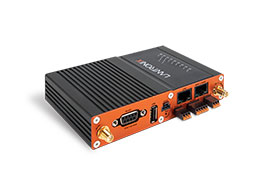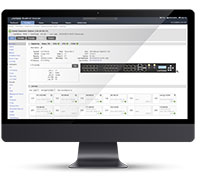Spanning Tree Protocol
Spanning Tree Protocol (STP) allows network configurations that have “backup” paths between stations and/or mitigates the consequences of errors in network planning.
Without STP, redundant paths through an Ethernet network form loops which cause packets to be continually recirculated in a “storm” which disrupts the network. STP selectively disables switch ports to keep exactly one path at a time open.
Spanning Tree Protocol typically runs on switches like the Transition Networks Management Aggregation Converter (SMACF100). The STP module transmits and receives BPDU’s (Bridge Protocol Data Units) which permit the module to learn the topology of the network and disable ports if necessary.
The possible states that a Spanning Tree port can be in are:
notSupported(1)The port does not support Spanning Tree.disabled(2)Link is down. When link comes up, the port will enterlistening(4)state.blocking(3)A loop has been detected. Forwarding is disabled.listening(4)Listening for BPDU’s (i.e. network topology description). Within 15 seconds, the port will switch to eitherblocking(3)orlearning(5)state.learning(5)Learning MAC addresses for 15 seconds, in preparation for enteringforwarding(6)state.forwarding(6)Normal operation. Spanning Tree protocol has determined that the port may forward packets, or Spanning Tree is disabled (in which case all ports automatically enterforwarding(6)state, even if loops and network disruption are the result.











